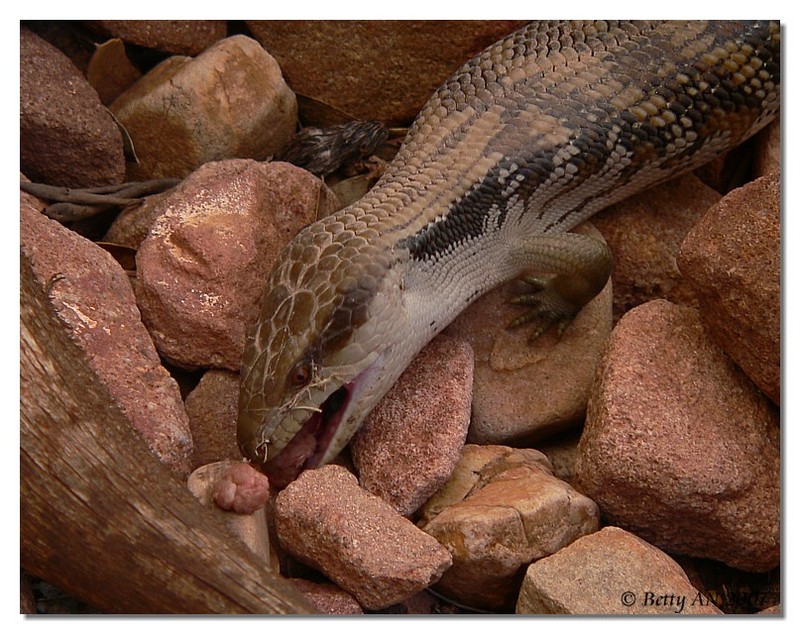|
bluetongue gets mince 2
| 제목: | bluetongue gets mince 2
| | 올린이: | The Nottles (beluga@centralonline.com.au)
| |

| 해상도: 807x640
파일크기: 196826 Bytes
촬영일: 2007:01:16 10:43:27
사진기: DMC-FZ20 (Panasonic)
F number: f/2.8
Exposure: 10/1600 sec
Focal Length: 506/10
등록시간: 2007:01:23 01:16:01
|
"Yum, two bits..."
|
댓글 |
|---|
| | Didi |
|
| Fantastic series Betty! |
| | The Nottles |
|
thanks Didi, not sure if I will get many pics of him again. Like a lot of
the world, we are having some seriously weird weather here. It is mid
summer, but we have been having lots of rain, and last night we were hit
with severe flooding. My yard was ankle deep in water all night, and the
streets were rivers, so I don't see how the poor little lizard could
survive. I haven't seen my "pet" magpie family for several days either which
is VERY unusual..... :-( |
^o^
동물그림창고 똑똑전화 누리집
^o^
|
|
|

